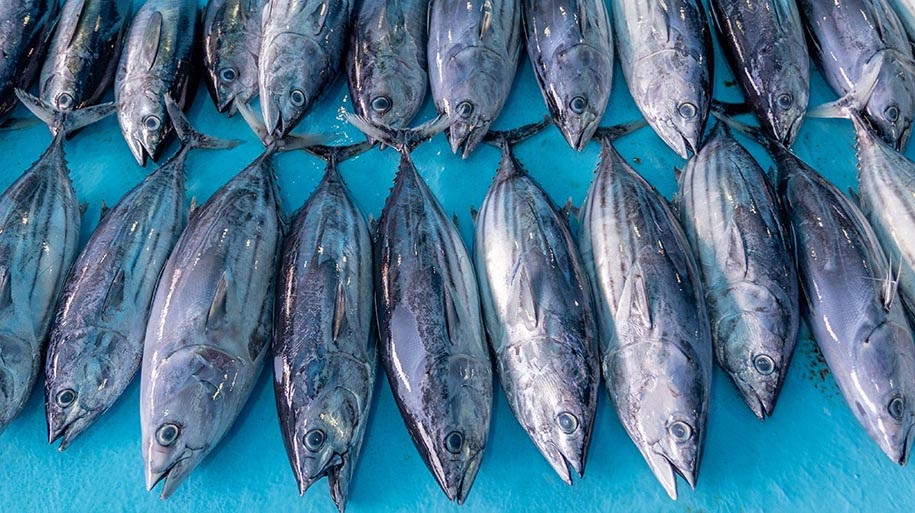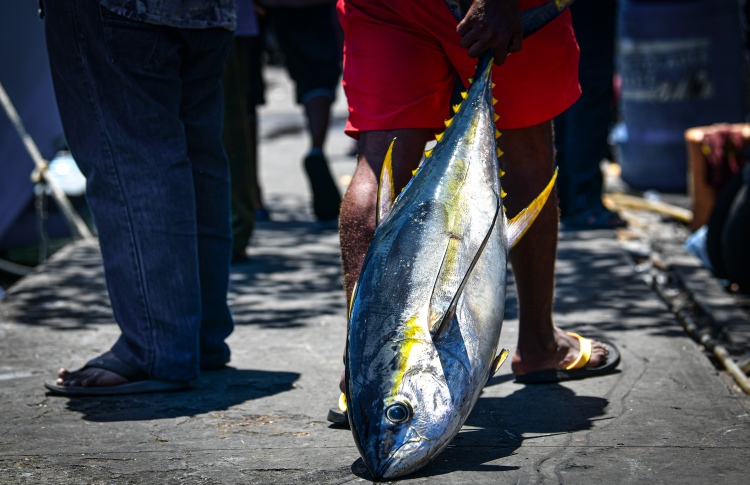The Role of Tuna Fish in Maldives: An Essential Resource in Maldivian Culture, Economy, and Sustainability

Introduction
Tuna fish is central to Maldivian culture, economy, and diet, representing one of the nation's most valuable resources. Located in the Indian Ocean, the Maldives is ideally positioned in rich fishing grounds, and tuna has been a staple in Maldivian cuisine for centuries. This article explores the importance of tuna fish in the Maldives, focusing on traditional fishing methods, economic impact, and sustainable practices—vital aspects of an industry crucial to Maldivian life.
Types of Tuna in the Maldives
The Maldives is known for various tuna species, each playing a distinct role in the nation's cuisine and export market. The primary types of tuna found in Maldivian waters include:
- Skipjack Tuna: The most common variety, heavily featured in traditional dishes.
- Yellowfin Tuna: Valued for its larger size and quality, it is widely exported.
- Bigeye Tuna: Though less common, it is popular for both local consumption and export.
- Dogtooth Tuna: Primarily a reef fish, it is not as commercially significant but is appreciated in Maldivian cooking.
Traditional Tuna Fishing in the Maldives
Maldivian fishermen use pole-and-line fishing, a sustainable method that has been practiced for centuries. Unlike large-scale fishing methods that can damage marine ecosystems, pole-and-line fishing allows fishermen to catch tuna one at a time, minimizing bycatch and environmental impact. The Maldives’ commitment to sustainable fishing is one of the reasons why its tuna industry is internationally recognized as eco-friendly.
Tuna Fishing's Economic Impact
Tuna fishing is a pillar of the Maldivian economy, providing employment for thousands of locals and contributing significantly to the country’s GDP. The industry supports local communities across the archipelago, where traditional fishing methods remain a major source of income. Tuna exports, particularly yellowfin tuna, are a substantial source of revenue. The Maldives exports its high-quality tuna to markets in Japan, the European Union, and the United States, where it is prized for its taste and sustainability.

Tuna in Maldivian Cuisine
Tuna is at the heart of Maldivian cuisine, celebrated in various traditional dishes. Some popular tuna-based Maldivian dishes include:
- Mas Huni: A classic Maldivian breakfast dish featuring shredded tuna mixed with coconut, onion, and chili, usually served with flatbread (roshi).
- Fihunu Mas: Grilled tuna marinated with local spices and cooked over an open flame.
- Garudhiya: A tuna broth served with rice, often enjoyed with fresh lime and chili for added flavor.
These dishes are integral to Maldivian culinary heritage, emphasizing the close relationship between the Maldivian people and the sea.
Sustainability and Conservation Efforts
The Maldives places a strong emphasis on sustainable fishing practices, with the pole-and-line method being a prime example. Additionally, the Maldives works with international organizations to ensure the long-term viability of tuna populations. The country is a member of the Indian Ocean Tuna Commission (IOTC) and actively participates in initiatives to prevent overfishing.
Moreover, the Maldives has established marine protected areas and imposed restrictions on certain types of fishing gear that can harm the ecosystem. By maintaining sustainable practices, the Maldivian tuna industry ensures that future generations can continue to rely on this vital resource.

The Maldives as a Model for Sustainable Tuna Fishing
The Maldives is internationally recognized as a model for sustainable tuna fishing. Maldivian pole-and-line caught tuna is certified by the Marine Stewardship Council (MSC), a global standard for sustainable fishing. The MSC certification helps Maldives tuna compete in global markets as consumers become increasingly eco-conscious, preferring products that are sustainably sourced.
Challenges and Future Outlook
Despite its successes, the Maldivian tuna industry faces challenges, including climate change and competition from large-scale industrial fishing operations in the Indian Ocean. Rising sea temperatures and changing ocean currents could impact tuna migratory patterns, affecting local catches. Additionally, illegal, unreported, and unregulated (IUU) fishing is a threat to the industry, reducing fish stocks and creating market competition.
To address these challenges, the Maldives continues to collaborate with international organizations to implement conservation measures. Efforts to monitor and control IUU fishing, as well as initiatives to study and adapt to climate impacts, are underway. By focusing on these areas, the Maldives aims to preserve its tuna fishing industry for generations to come.
Conclusion
Tuna fish is more than just a food source in the Maldives—it is a symbol of cultural heritage, a driver of economic growth, and a model of sustainable fishing practices. The Maldives’ dedication to eco-friendly fishing and conservation has set an example for the global community, proving that it is possible to maintain a thriving industry while respecting the environment. As the Maldives continues to navigate challenges, the world can learn from its innovative, sustainable approach to tuna fishing.
- News & Updates
- Travel Destinations
- Maldivian Tourism
- Lifestyle
- Personal Stories & Experiences
- Sports
- Water Sports & Adventure
- Accommodation & Stays
- Outdoor Activities
- Local Culture & Heritage
- Spa & Wellness
- Transportation
- Alte
- Fishes and Marine Species
- Story
- Health & Wellness
- Recipe
- Life Lessons



